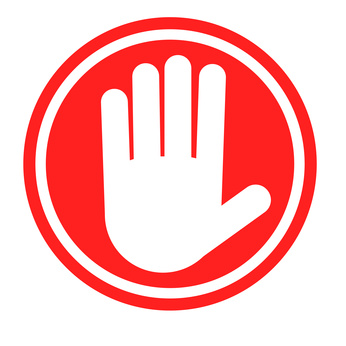Last updated on September 29, 2015
 As we all know, the Internet contains a lot of bleak and nasty stuff, and some of the bleakest and nastiest is child pornography. For almost two decades, the Internet Watch Foundation, an English charity, has worked to combat criminal material on the Internet, and most recently has focused on minimizing the availability of images of child sexual abuse. Now Google, Facebook, and Twitter have agreed to use the IWF database of images identified as child pornography and block those images from their web services. The IMF has sometimes been criticized for being too aggressive in its policing efforts, and no one is naive enough to believe that this new partnership will end child pornography, but it seems like it might have the potential to help.
As we all know, the Internet contains a lot of bleak and nasty stuff, and some of the bleakest and nastiest is child pornography. For almost two decades, the Internet Watch Foundation, an English charity, has worked to combat criminal material on the Internet, and most recently has focused on minimizing the availability of images of child sexual abuse. Now Google, Facebook, and Twitter have agreed to use the IWF database of images identified as child pornography and block those images from their web services. The IMF has sometimes been criticized for being too aggressive in its policing efforts, and no one is naive enough to believe that this new partnership will end child pornography, but it seems like it might have the potential to help.
- Google, Facebook, and Twitter have a new strategy to ban images of child abuse (Motherboard | Kari Paul) “The companies are tapping into a database created by the Internet Watch Foundation (IWF) that uses hashing technology to identify and block child sex abuse images. The system works by running an illicit photo through an algorithm that creates a unique digital fingerprint for it. The hash is then added to the database that can identify the image if it is uploaded by another user, allowing the companies to detect and remove it without viewing the image itself.”
- Hash List “could be game-changer” in the global fight against child sexual abuse images online (Internet Watch Foundation) “Not to be confused with a ‘hash tag’, a hash is a digital fingerprint of an image. There are billions of images on the internet and by creating a digital fingerprint of a single image, you can pluck it out, like finding a needle in a haystack. IWF will automatically begin creating three types of hashes to meet the needs of the online industry. It will create PhotoDNA (technology developed by Microsoft), MD5 and SHA-1 hashes.”
- Facebook, Google and Twitter block ‘hash list’ of child porn images (The Telegraph | Sophie Curtis) “The IWF said many internet companies can make use of the hash list, including those that provide services such as the upload, storage or search of images, filtering services, hosting services, social media and chat services, data centres and connectivity services. The hash list is constantly growing, and has the potential to reach millions of hashes of images. The IWF claims to remove around 500 web addresses containing child sexual abuse material every day, with one web address containing up to thousands of images.”
- Cambridgeshire’s Internet Watch Foundation launches “hash list” in bid to rid web of abuse images (Cambridge News | Florence Snead) “All five companies involved in the scheme’s first stage, which started last week, were already IWF members but if all goes well it could be rolled out to other members within a matter of months. The next step would be to approach organisations worldwide, who do not currently work with the IWF. The charity is keen to work with more image hosting companies which are at particular risk of being targeted by people putting such media online.”
Articles from Ohio Web Library:
- The politics of Internet filtering: The United Kingdom and Germany in a comparative perspective. (Politics, Feb. 2014, p.58-71 | Ben Wagner)
- Robust image hashing via colour vector angles and discrete wavelet transform. (IET Image Processing, March 2014, p.142-149 | Zhenjun Tang, Yumin Dai, Xianquan Zhang, Liyan Huang, and Fan Yang)
- Perceptual image hashing using local entropies and DWT. (Imaging Science Journal, Feb. 2013, p.241-251 | Z.J. Tang, X.Q. Zhang, Y.M. Dai, and W.W. Lan)


